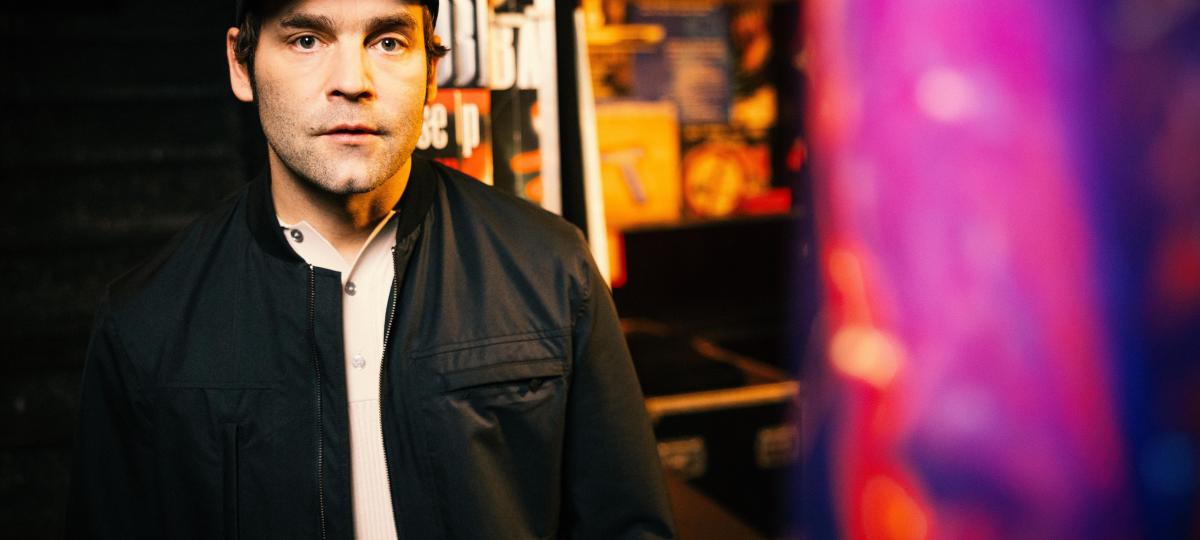Even for later Nobel Prize winners, light was an incomprehensible phenomenon
/s3/static.nrc.nl/images/gn4/stripped/data131201869-f7f7de.jpg|https://images.nrc.nl/9tsNuhNzhW2jQcpzQLeS5QsT5iU=/1920x/filters:no_upscale()/s3/static.nrc.nl/images/gn4/stripped/data131201869-f7f7de.jpg|https://images.nrc.nl/vYZIl31gemFX8LhKmav5W3MBV4M=/5760x/filters:no_upscale()/s3/static.nrc.nl/images/gn4/stripped/data131201869-f7f7de.jpg)
What is light? This question was central to the development of quantum mechanics, the theory that physics turned upside down a century ago and is still in the spotlight. Thomas de Padova therefore hangs the history of the birth of quantum mechanics on this seemingly simple question.
In A century of light We read how the main characters Max Planck, Albert Einstein, Niels Bohr and Werner Heisenberg – later all Nobel Prize winners – struggle with this question. Is light a wave phenomenon, as has been the prevailing idea for decades? Or does it consist of a stream of individual packages of energy – the quanta – that you can describe as particles?
Nowadays, physics students learn that light is both a golf and a particle. Something that also appears to apply to materials, such as electrons. If you have trouble with this dual character, then you are in good company. The main characters also resist the idea that light could be something other than just a wave phenomenon.
The German physicist Planck, who introduced the light particles (or light quanta) and is at the cradle of quantum mechanics, called it a « purely formal assumption » that he hoped to be able to eliminate « by a more in -depth analysis ». Only after years of discussions, fed by experiments, did the dust fall down and the quantum mechanics took shape.
Unrest in the interbellum
This winding, chaotic path describes the Padova in detail A century of light. He also places physical developments in the historical context. Although the Dutch title speaks of a century, the book covers about the 1920s (1919 to 1929). He makes clear how political and economic unrest in the interbellum has an impact on the protagonists. For example, in 1920, after a visit to Einstein in Germany, Bohr immediately sends an aid package with butter.
In addition to the historical context, the Padova also creates the personalities and the interactions between physicists. Planck turns out to be a modest man who, in his own words, is « averse to adventure. » And Bohr and Einstein went on in 1923 during a tram ride in their conversation that they missed their stop twice.
The book is reminiscent of The era of uncertainty from Tobias Hürter, which appeared in 2022. There were partly the same characters and developments, outlined in their time. But unlike Hürter, the Padova does not shy away from physical explanation. He explains ideas and experiments clearly, sometimes even with a formula. He also hardly fictionalizes the main characters. He is limited to facts from notes, newspaper articles, correspondence and interviews.
The Padova has read in detail and draws on many sources. As a result, the book sometimes reads more as factual descriptions than personal experiences of the main characters, but because of the pleasant and lively writing style that does not bother. It is a nice and detailed retelling of the birth of the quantum mechania.

/s3/static.nrc.nl/images/gn4/stripped/data131199237-557d62.jpg)

:format(webp)/s3/static.nrc.nl/wp-content/uploads/2025/04/22111317/web-2204BINmivd.jpg)



